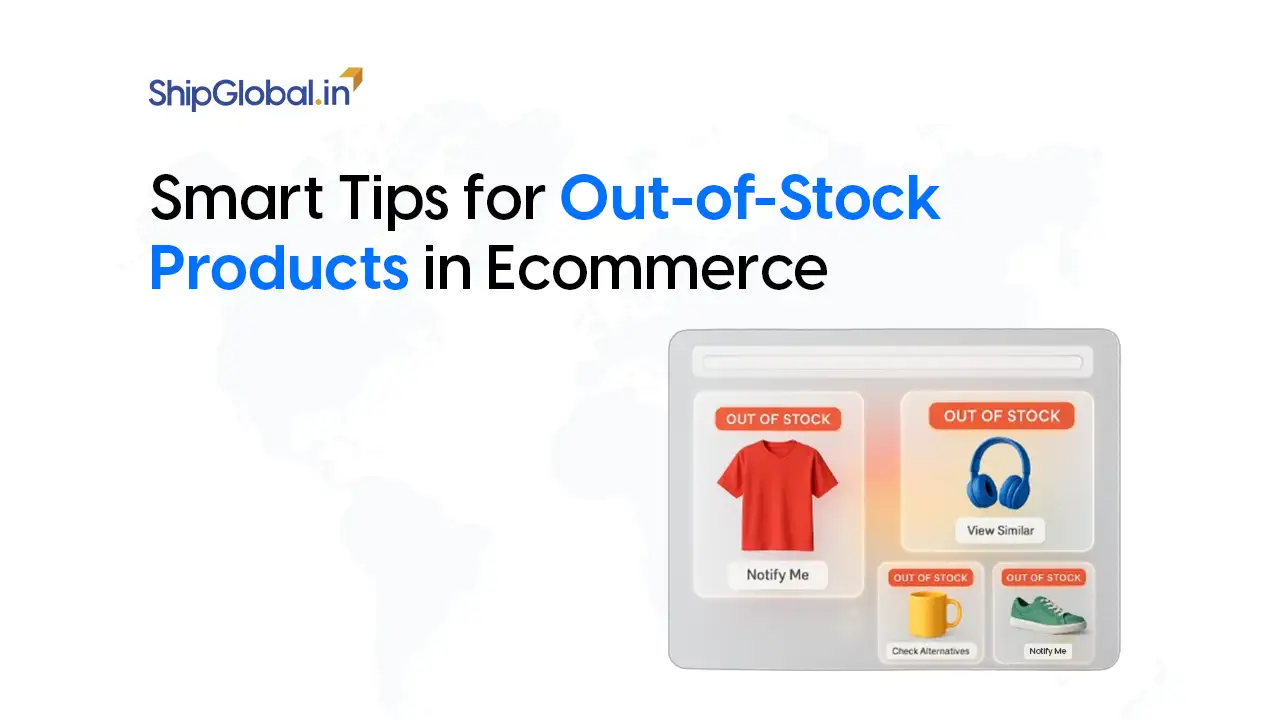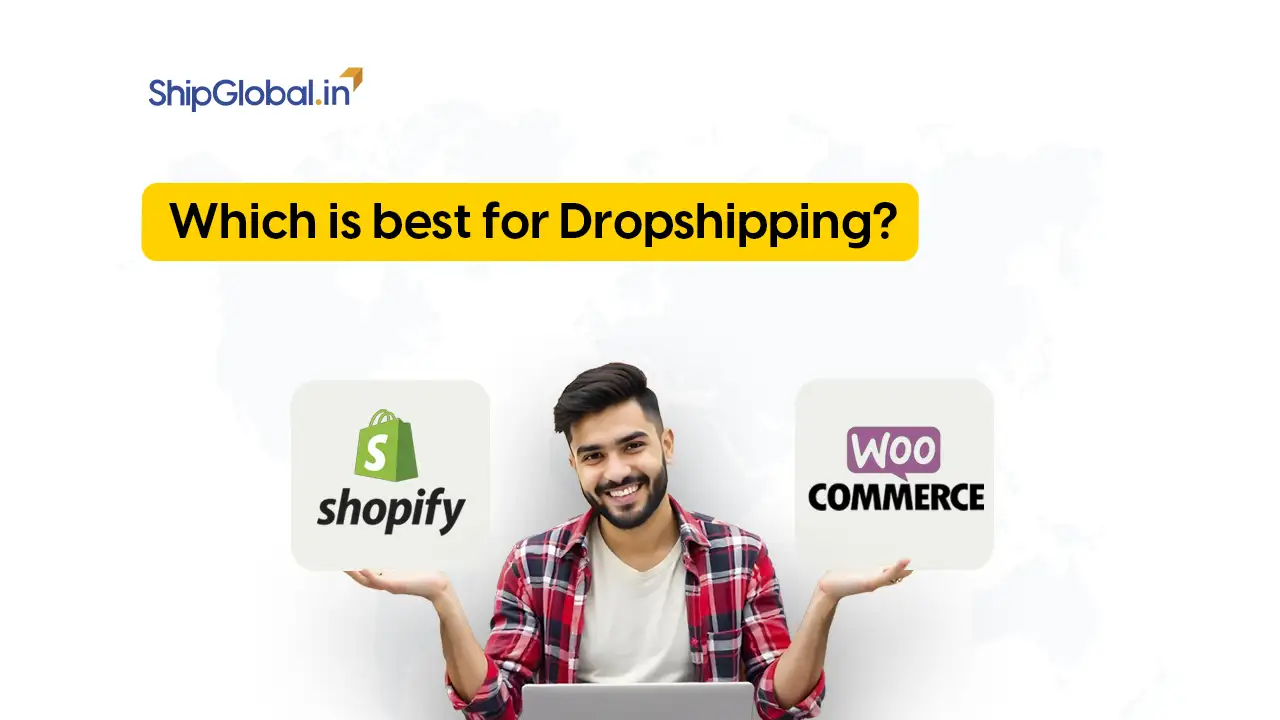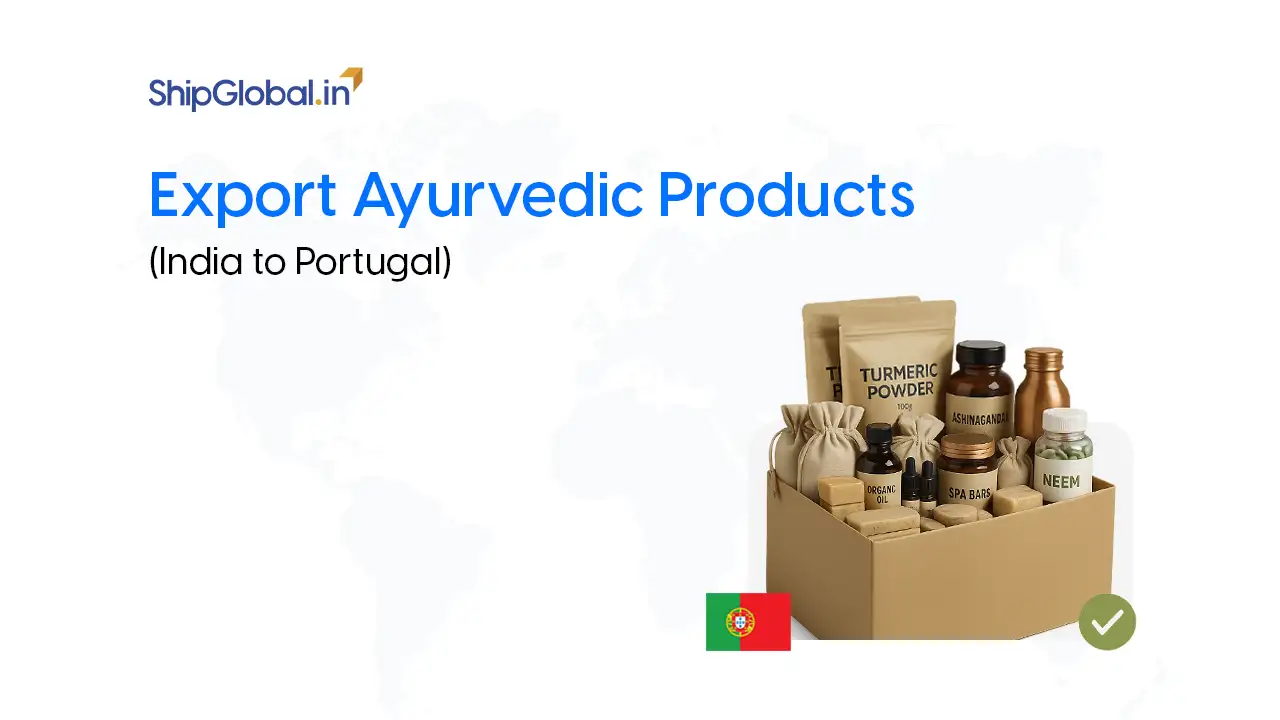Sarthak, an ambitious exporter from India, had built his business from the ground up, shipping high-quality textiles across the globe. His products were in demand, but something was holding him back: his packaging. His clients in Europe and the US had begun raising concerns about the excessive plastic waste in his shipments.
This put Sarthak in a dilemma should he stick with the traditional packaging that was cost-effective and widely used, or should he switch to eco-friendly packaging and align with sustainability trends?
Let’s embark on Sarthak’s journey to understand the pros and cons of traditional and sustainable packaging and see what is best for your business.
Crossroads: Traditional vs. Eco-Friendly Packaging
Sarthak had always used plastic and Styrofoam to package his textiles. They were cheap, lightweight, and durable, ensuring his products reached customers intact. However, he was beginning to see the downsides his brand was being labeled as environmentally unfriendly, and regulations against plastic were tightening globally.
One day, during a business meet, a fellow exporter shared his success story after transitioning to eco-conscious shipping materials. Intrigued, Sarthak began researching alternatives and their impact.
Understanding Traditional Packaging
- Pros:
- Low production cost
- Lightweight and durable
- Provides strong protection
- Cons:
- High environmental impact
- Increasing regulatory restrictions
- Negative consumer perception
Sarthak realized that while traditional packaging was convenient, it was not sustainable in the long run.
Discovering Eco-Friendly Packaging
Determined to make a change, Sarthak explored plastic free packaging alternatives such as:
- Recycled cardboard and paper: Fully biodegradable and recyclable.
- Plant-based plastics (bioplastics): Made from cornstarch or sugarcane.
- Mushroom packaging: Grown from agricultural waste and compostable.
- Seaweed-based packaging: Innovative and edible!
At first, Sarthak hesitated to use these packaging alternatives due to the higher costs and availability concerns. But when he learned that consumers preferred sustainable brands, he saw the long-term benefit of using these solutions.
Comparison Table: Eco-Friendly vs Traditional Packaging
| Aspect | Eco-Friendly Packaging | Traditional Packaging |
|---|---|---|
| Sustainability | Biodegradable, recyclable, and made from renewable resources | Non-biodegradable, non-recyclable, and minimal use of renewable resources |
| Materials Used | Kraft paper tape, honeycomb packaging paper, recycled BOPP tape, biodegradable BOPP tape | Bubble wrap, dunnage paper, plastic BOPP tape |
| Environmental Impact | Supports sustainability, reduces pollution, and promotes a circular economy | Contributes to plastic waste, landfill overflow, and environmental damage |
| Regulatory Compliance | Aligns with government policies for sustainable packaging | Often does not comply with sustainability regulations |
| Cost | Generally, more expensive due to eco-friendly material sourcing | More affordable due to mass production of plastic-based materials |
Cost Dilemma: Weighing the Options
Sarthak sat down with his finance team to analyze the cost differences:
| Factor | Traditional Packaging | Eco-Friendly Packaging |
|---|---|---|
| Initial Cost | Low | High |
| Shipping Cost | Low | Moderate |
| Environmental Impact | High | Low |
| Consumer Appeal | Moderate | High |
| Regulatory Compliance | Difficult | Aligned |
While eco-friendly packaging had a higher initial cost, it offered brand value, compliance, and long-term sustainability. Sarthak realized that many governments also provided incentives for sustainable practices, making it a viable investment.
Implementing Packaging Waste Reduction Strategies
To transition smoothly, Sarthak implemented these strategies:
- Right sizing packaging to reduce excess materials
- Using biodegradable fillers instead of Styrofoam
- Encouraging reusable packaging options for customers
- Optimizing supply chain logistics to reduce waste
The Future of Sarthak’s Business
After implementing sustainable packaging, Sarthak saw remarkable changes:
- Increased consumer trust and brand loyalty
- Smooth entry into regulated markets like the EU and US
- Reduced carbon footprint, making his business future-proof
One year later, Sarthak’s business had grown by 30%, and he became a sustainability advocate in the exporting community. His journey proved that choosing between eco friendly packaging vs. traditional packaging was not just about cost—it was about aligning with the future of global trade.
Why Should You Choose Eco-friendly Packaging
- Environmental Benefits: Sustainable packaging helps lower carbon emissions and reduces environmental damage caused by traditional packaging. By utilizing renewable resources and cutting down on waste, it minimizes pollution and preserves natural ecosystems.
- Efficiency and Reliability: While conventional packaging is known for its durability, modern eco-friendly materials offer comparable, if not superior, performance. Options like kraft paper tape and honeycomb packaging paper provide effective protection while enhancing sustainability.
- Market Demand: Consumer preferences are increasingly favoring eco-conscious products, creating a strong demand for sustainable packaging. Companies that adopt greener solutions not only lessen their ecological footprint but also attract environmentally aware customers.
- Regulatory Compliance: Adhering to government sustainability regulations is essential for seamless product shipping. Failure to comply may result in shipment rejections or additional taxation based on local laws.
Government Regulations on Sustainable Packaging: A Game Changer
Government policies on sustainability vary worldwide, affecting how exporters choose their packaging materials. Exporters targeting international markets should prioritise compliance by adopting eco-conscious packaging materials and using recyclable solutions.
Here are some country-specific regulations to help you understand these markets and make a better choice:
| Country | Regulations |
| India | Plastic Waste Management Rules (2016, 2021 Amendment): Restricts single-use plastics. |
| Extended Producer Responsibility (EPR): Holds companies responsible for post-consumer waste. | |
| Ban on single-use plastics (2022): Prohibits production and sale of certain plastic products. | |
| Exporters must adopt plastic-free packaging alternatives and use recycled materials. | |
| United States | Several states (e.g., California, New York) have banned single-use plastics. |
| Sustainable Packaging Coalition (SPC): Promotes eco-friendly solutions. | |
| Extended Producer Responsibility (EPR) laws: Encourage sustainable packaging practices. | |
| European Union | Packaging and Packaging Waste Directive (2018): Mandates increased recycling. |
| Plastic Tax (2021): Charges non-recyclable plastic packaging. | |
| Circular Economy Action Plan: Encourages sustainable packaging innovations. |
Conclusion
Sustainability is more than just a trend—it’s a movement. Eco-friendly packaging materials, such as biodegradable plastics, significantly reduce environmental impact. Unlike traditional packaging, these materials decompose naturally, reducing landfill waste and preventing ocean pollution. With consumers increasingly prioritising sustainability, adopting such packaging allows businesses to align with evolving values while making a positive ecological impact.
Like Sarthak, exporters like you must balance cost, compliance, and environmental responsibility. While traditional packaging is affordable, eco-friendly packaging offers long-term benefits, including brand growth, regulatory ease, and sustainability.
FAQs
Recycled cardboard, Mushroom packaging, and plant-based plastics are some of the sustainable and affordable packaging options.
Start with hybrid packaging, invest in research, and collaborate with sustainable suppliers.
To encourage environmentally responsible packaging, governments of certain countries have banned the use of single-use plastics and imposed taxes and EPR laws.
Yes, many governments offer tax benefits, grants, and subsidies for companies adopting eco-friendly packaging.
While some biodegradable materials may lack durability, innovations like mushroom and seaweed packaging are proving to be strong alternatives.








